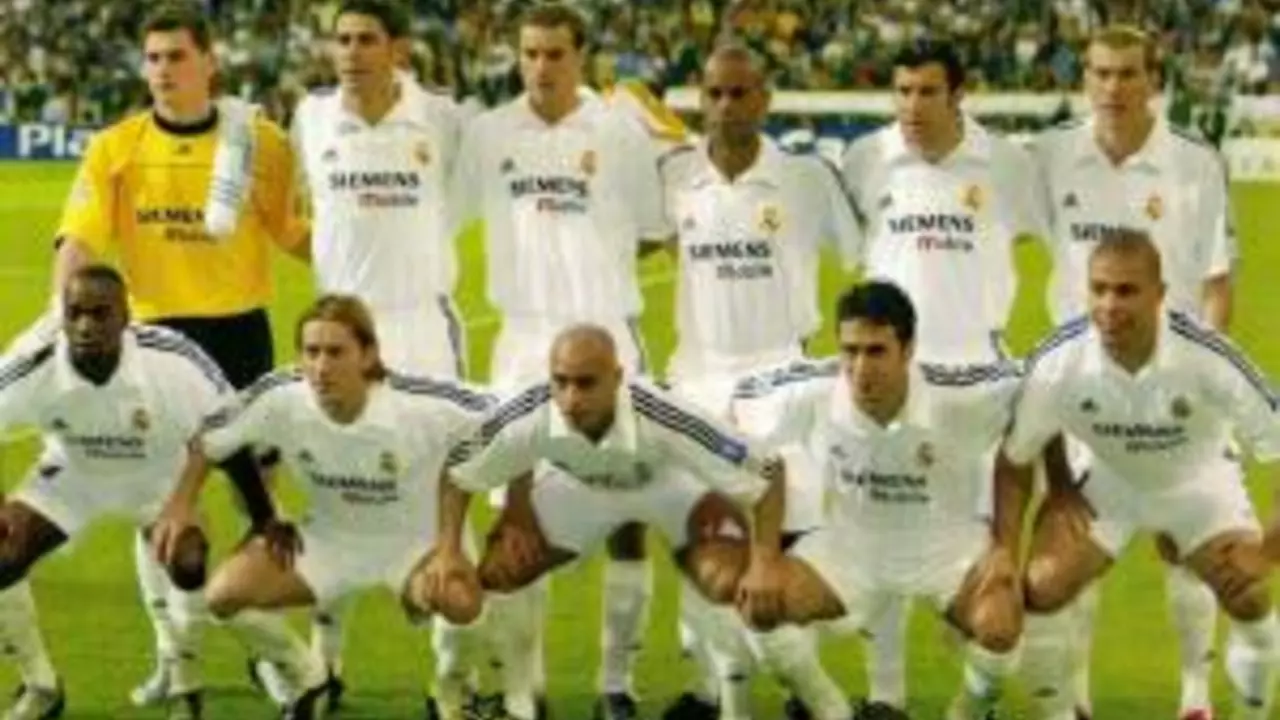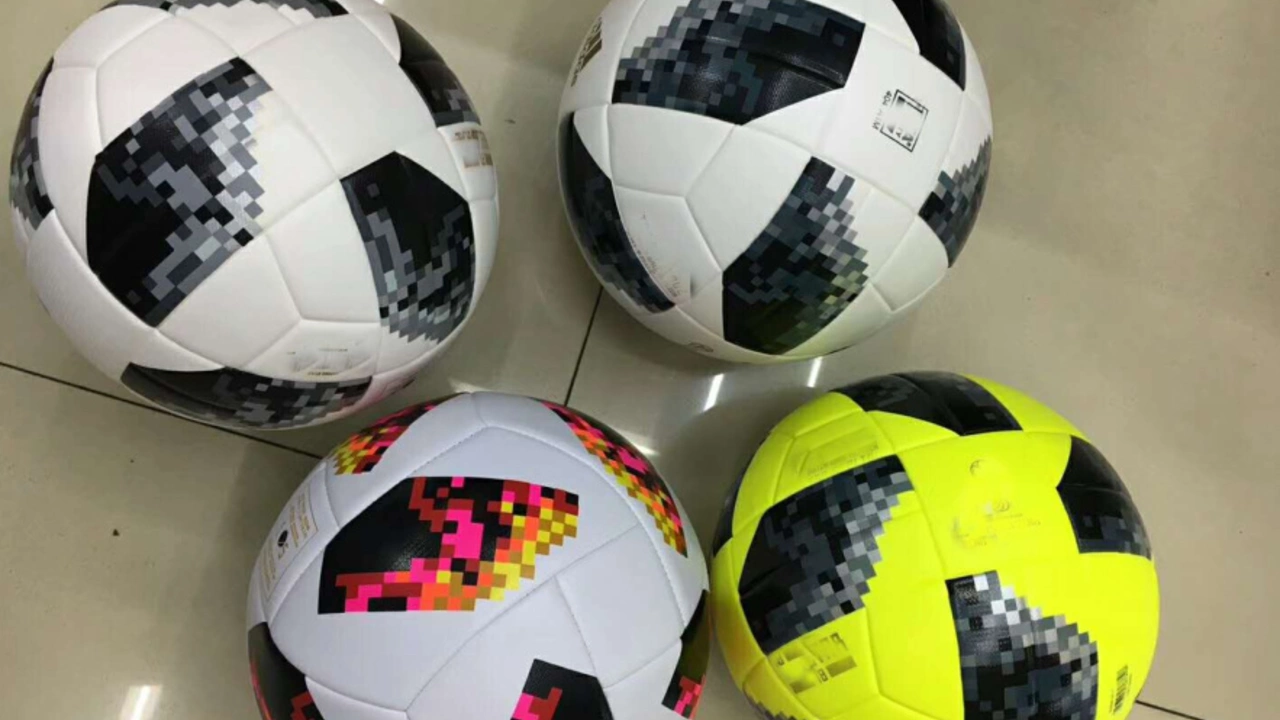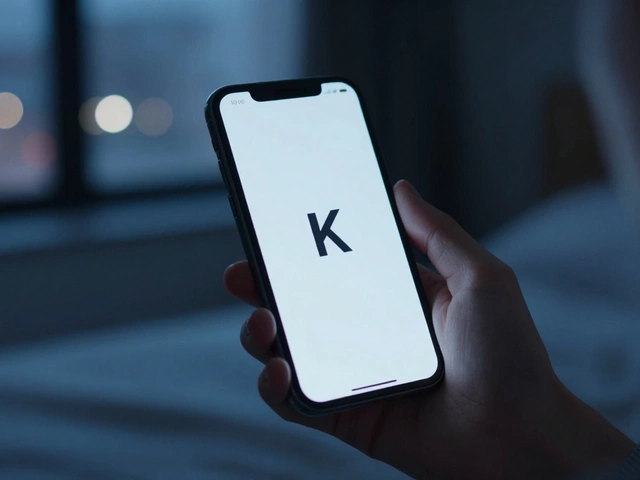Archive: 2023/07

Jul, 30 2023
Hey there, sports fans! Let's tackle the big question: "Running shoes for indoor soccer, yay or nay?" Now, I'm no sports scientist, but I'd say they're not your best bet. Running shoes are designed for forward movement, while indoor soccer demands a lot of side-to-side action. So, while you might not turn into a human pinball in your running shoes, for the sake of your ankles and your dignity, invest in some proper indoor soccer shoes. Trust me, your feet will thank you!

Jul, 27 2023
From my research, I've learned that the term "Real" in soccer teams' names, particularly Spanish ones, is a mark of royal recognition. It's a Spanish word that translates to "royal," and it was given by the King of Spain to certain clubs as a form of endorsement. So, when you see teams like "Real Madrid" or "Real Sociedad," you now know it's not just a fancy prefix, but a nod to their royal approval. It's pretty fascinating how soccer history intertwines with monarchy, don't you think?

Jul, 22 2023
Ever wondered why soccer balls are made of hexagons? It's all down to geometry. The combination of hexagons and pentagons forms a pattern known as a truncated icosahedron, which allows the ball to be perfectly round and retain its shape even when kicked. Hexagons alone would make a flat surface, but when combined with pentagons, they create a sphere. So, the unique design makes the ball durable, easy to control, and perfect for the beautiful game of soccer!

There can be numerous reasons why a soccer player might refuse to play for their home country. Sometimes, it's due to personal issues or disagreements with team management, or maybe they're just not feeling the patriotic pull. In a few cases, players might opt to play for a different country due to dual citizenships or better opportunities elsewhere. Injuries can also be a factor in such decisions. It's not an easy choice to make, but sometimes it's what's best for the player's career or personal life.

